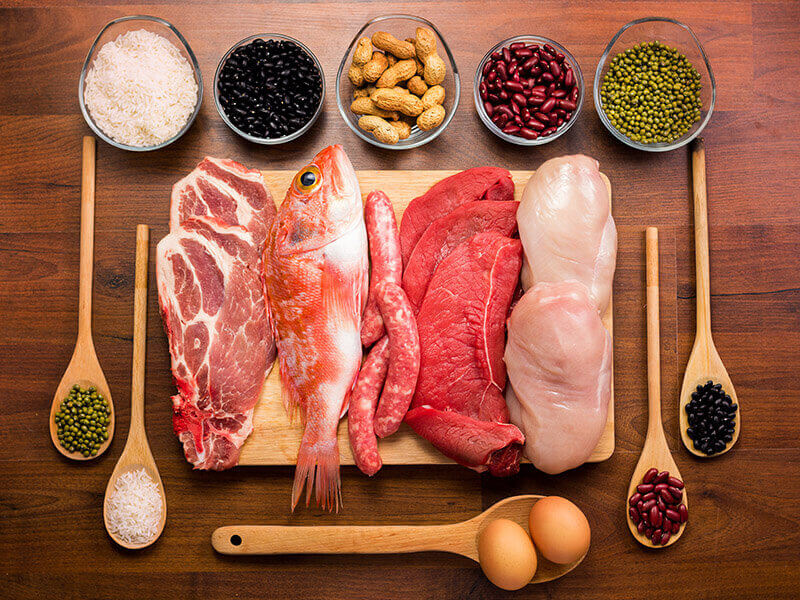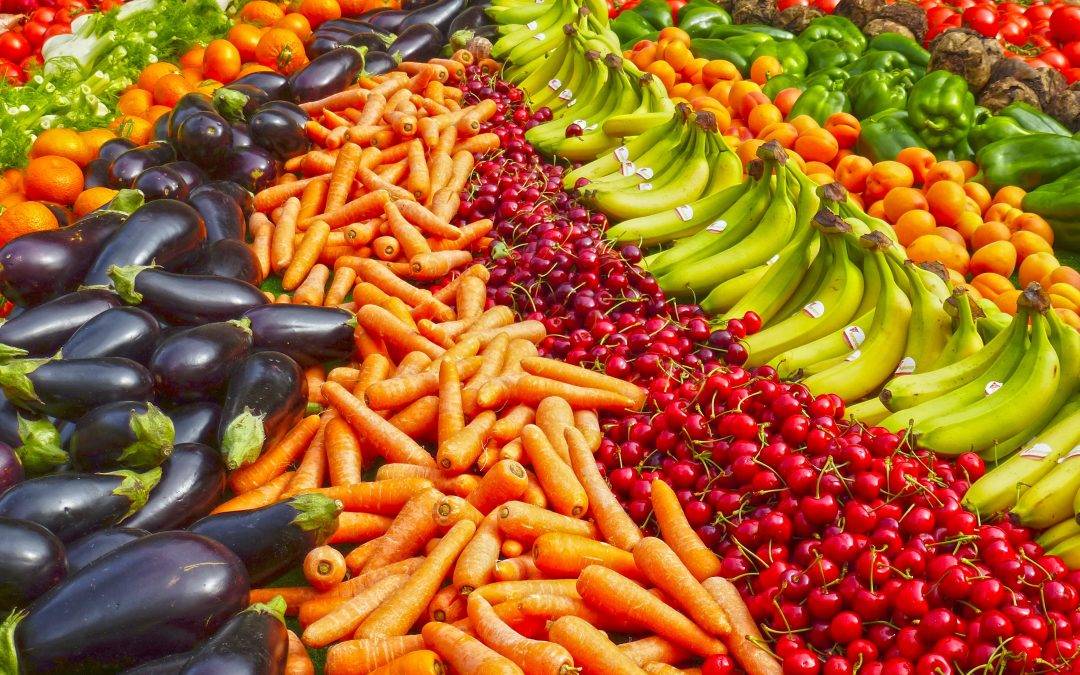Understanding Edible and Non-Edible Foods: Importance, Uses, and Safety
Food plays a critical role in the sustenance of life, providing necessary nutrients that fuel bodily functions and contribute to overall health. However, not all substances classified as 'food' are edible or safe for human consumption. This comprehensive exploration delves into the distinctions between edible and non-edible foods, their importance, uses, and the inherent risks associated with the consumption of non-edible items.
Understanding Edible Foods
Definition and Importance
- Edible foods are those that can be safely consumed by humans without causing harm. This category includes a vast array of products from plant sources like fruits, vegetables, and grains, and animal sources like meat, dairy, and eggs.
- Nutritional Value: Edible foods provide essential nutrients such as carbohydrates, proteins, fats, vitamins, and minerals, which are crucial for energy production, growth, and maintenance of body functions.
Categories of Edible Foods

- Whole Foods: These are unprocessed and unrefined foods, or processed and refined as little as possible. Examples include whole fruits, vegetables, and grains.
- Processed Foods: These foods have been altered for preservation, convenience, or taste, often with added ingredients such as salt, sugars, and fats.
Understanding Non-Edible Foods
Definition and Recognition

- Non-edible foods refer to any substances that are not intended for human consumption. This includes a wide range of materials from decorative plants and toxic mushrooms to chemical products and non-food items that may be found in a household.
- Toxicity and Risks: Consuming non-edible foods can lead to serious health issues, including poisoning, allergic reactions, and even death.
Examples of Non-Edible Foods
- Plants and Mushrooms: Many species are toxic and not distinguishable easily from their edible counterparts.
- Chemicals and Medicines: These can be mistaken for food or drink, especially by children.
The Importance of Distinguishing Between Edible and Non-Edible Foods
- Safety and Health: The primary importance of distinguishing between edible and non-edible foods lies in the prevention of food poisoning and chemical exposure.
- Educational Value: Teaching children and adults about the differences is crucial for maintaining a safe environment at home and in community settings.
Uses of Non-Edible Foods
While not fit for consumption, non-edible items have significant uses in other domains:
- Medicinal: Many non-edible plants are sources of pharmaceuticals.
- Industrial: Certain non-edible products are used in manufacturing and industry for creating goods.
- Agricultural: Some non-edible byproducts are used as fertilizers or animal feed.
Cultural Significance
- Cultural Practices: In many cultures, certain non-edible plants are used for rituals or as decorations.
- Historical Uses: Historically, various non-edible items have been used medicinally or for other practical purposes before the development of modern alternatives.
Safety Measures and Regulations
- Regulatory Oversight: Food safety authorities like the FDA ensure that food sold is safe and edible, providing regulations and guidance on non-edible items.
- Home Safety: It is crucial to label and store non-edible items properly to avoid accidental ingestion, especially in homes with children or vulnerable adults.

Conclusion
Understanding the distinctions between edible and non-edible foods is essential for health and safety. While edible foods provide the necessary nutrients for life and enjoyment, non-edible foods, though not suitable for consumption, play various roles in other aspects of life. Awareness and education about these differences are key to preventing accidents and promoting a safe eating environment. As we navigate through an increasingly complex food and product landscape, the knowledge and conscious recognition of what we consume become pivotal in maintaining our health and well-being.


